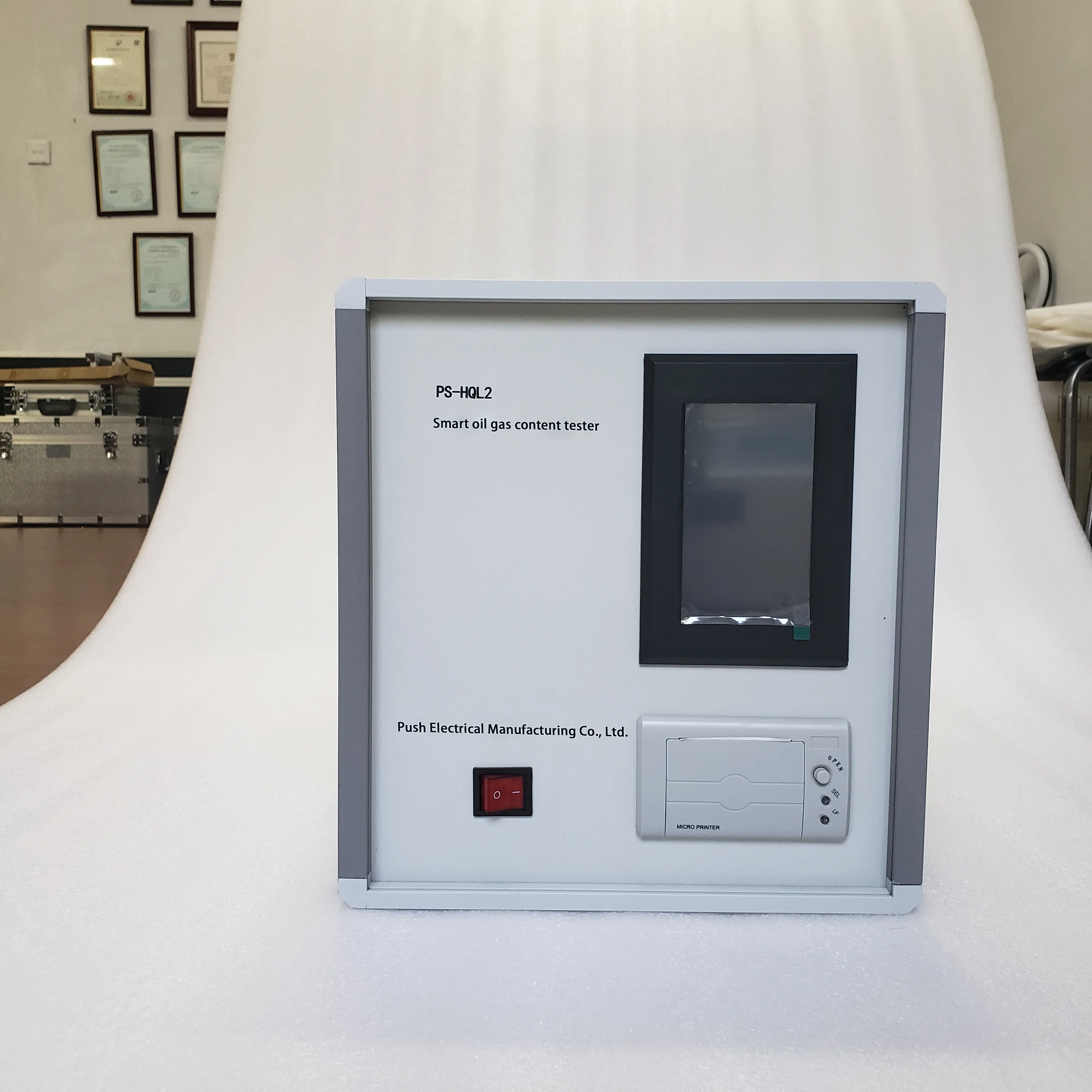 English
English


tan delta testing
Understanding Tan Delta Testing An Overview
Tan delta testing, also known as power factor testing, is a critical diagnostic technique used in the evaluation of insulation systems in electrical equipment such as transformers, cables, and motors. This method is particularly significant in assessing the condition of insulating materials and determining their reliability and performance over time.
The term tan delta refers to the tangent of the loss angle (delta) which represents the ratio of the resistive (loss) current to the capacitive (reactive) current in an insulating material. When an AC voltage is applied to an insulator, the current flowing through it can be divided into two components the ideal capacitive current, which leads the voltage, and the resistive current, which lags behind. The tan delta value is derived from the equation
\[ \text{tan} \delta = \frac{I_{\text{loss}}}{I_{\text{lead}}} \]
where \(I_{\text{loss}}\) is the resistive current and \(I_{\text{lead}}\) is the capacitive current.
tan delta testing

A key advantage of tan delta testing is its sensitivity to changes in insulation quality
. As insulation materials age or are subjected to electrical and thermal stresses, they may deteriorate, leading to increased losses manifested as a rise in the tan delta value. Higher tan delta values can indicate moisture ingress, contamination, or breakdown of insulation, which can ultimately affect the operational safety and efficiency of electrical equipment.Conducting a tan delta test involves connecting test equipment to the insulation material and applying a voltage over time while measuring the resulting currents. The resulting data can then be interpreted against industry standards and historical baseline values to assess the condition of the insulation. Regular tan delta testing is essential as part of a predictive maintenance program, enabling early detection of potential failures and extending the life of electrical components.
In addition to its diagnostic capabilities, tan delta testing can also be used to verify the quality of new equipment during acceptance testing. By ensuring that the insulation meets specified tan delta criteria, operators can guarantee reliability before placing electrical assets into service.
In conclusion, tan delta testing is an indispensable tool in electrical maintenance and diagnostics. By providing valuable insight into the condition of insulation materials, this testing method helps prevent costly downtime and enhances the overall safety and reliability of electrical systems. Regular monitoring and analysis of tan delta values can significantly contribute to proactive maintenance strategies, ultimately safeguarding the integrity of vital infrastructure.
-
Differences between open cup flash point tester and closed cup flash point testerNewsOct.31,2024
-
The Reliable Load Tap ChangerNewsOct.23,2024
-
The Essential Guide to Hipot TestersNewsOct.23,2024
-
The Digital Insulation TesterNewsOct.23,2024
-
The Best Earth Loop Impedance Tester for SaleNewsOct.23,2024
-
Tan Delta Tester--The Essential Tool for Electrical Insulation TestingNewsOct.23,2024





